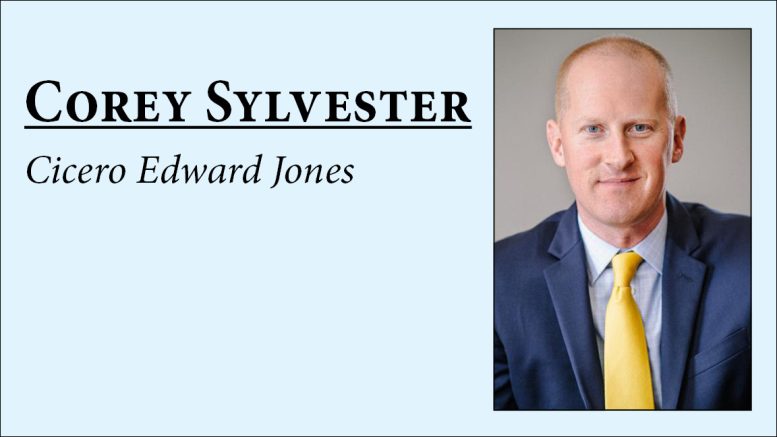Are you concerned about debt? It’s important to recognize this, but, at the same time, you may have more ways of gaining control of your debt situation than you had realized.
To begin with, not all debts are bad – after all, your mortgage provides you with a place to live, a car loan provides transportation, and student loans may have helped you get the career you wanted. In fact, the wise use of debt can be a key part of your overall financial strategy.
Nonetheless, if you’re worried about what you owe, you’ve certainly got company. Nearly 60 percent of Americans say they are struggling with debt, according to a recent study by WalletHub, an online personal finance site.
How can you ease these struggles? It may help to follow these steps:
Know your debt
Create a list that includes your mortgage, auto loans, student loans, medical debt, credit card debt, and any installment purchases you’ve made. Then, add up the total amount you owe and calculate your debt-to-income ratio by dividing your total monthly debt payments by your gross monthly income. (For revolving debt, such as credit cards, use the minimum payments in this calculation.)
Ideally, you’d like to have a debt-to-income ratio below 35 percent if you have a mortgage, or 20 percent if you don’t.
Look for restructuring opportunities
By restructuring debt, you may be able to pay it down more quickly. You can do this by refinancing debts, perhaps by transferring credit card debt to a new card with a low introductory rate or by replacing your mortgage or auto loan with one that carries a lower rate.
You might also consider swapping debts, possibly by using secured debt, such as a home equity loan or securities-based lending, to pay off higher-rate unsecured loans. Or you could consolidate debt by using secured debt to pay off several high-interest debts or transferring multiple credit card debts into one new card with a lower rate and minimal transfer fees.
Determine how much money will go to debt payments
You do have some latitude as to how much money you’ll devote to paying debts each month. To avoid incurring late fees or other penalties, you’ll need to make the minimum payments, which means a flat amount for some loans, such as your mortgage, and a percentage of the outstanding balance on other debts, especially your credit cards.
After you’ve paid the minimum, though, you can choose to pay more, which can shorten the life of the debt and reduce total interest charges, or you can use the money for other goals, such as saving for your retirement or your children’s education.
Prioritize your debts
If you can make extra payments on your debts, it’s helpful to prioritize them. You could choose the “avalanche” method by paying the debt with the highest interest rate first, or you could instead follow the “snowball” method by first tackling the debt with the lowest balance. The avalanche technique can help you minimize interest payments, while the snowball approach can give you a psychological boost by reducing the overall number of debts you’re carrying, although it could result in your paying more interest over time.
Debt may be a fact of life – but if you manage it wisely, life can be a lot less stressful.
This article was written by Edward Jones for use by your local Edward Jones Financial Advisor.

